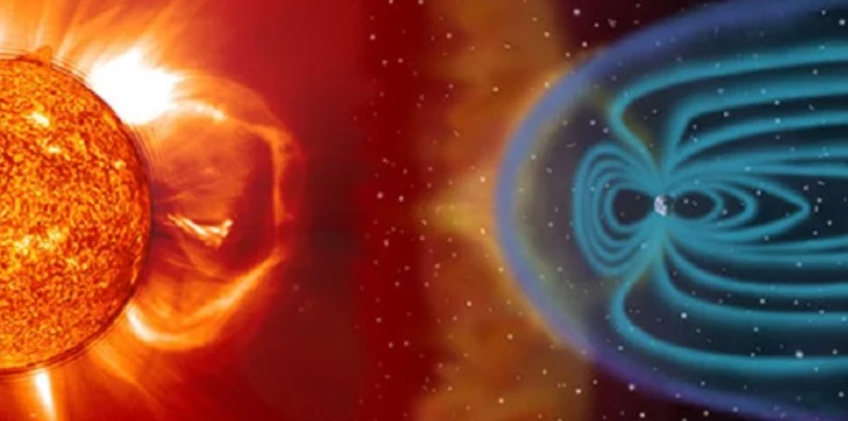AGU’s Journal Space Weather to Become Open Access

AGU CEO/Executive Director Chris McEntee
As we celebrate our Centennial year, AGU strives to promote and support the Earth and space sciences, and this includes increasing access to journal content. Starting 17 October, the AGU journal Space Weather: The International Journal of Research and Applications (SWE), devoted to the understanding and forecasting of space weather, will transition to an open access model with all articles accepted after that date accessible free of charge to readers. Space Weather will become a fully open access journal by January of 2020 when all articles will be freely accessible to read, download and share. The focus, aims, and scope of the journal will remain unchanged and the editorial team will continue to apply the same rigorous standards of peer review and acceptance criteria.
AGU is a proud supporter of open science, which seeks to make scientific research and its dissemination more accessible to all. Articles in open access publications are more widely read and used. With this shift, Space Weather will join AGU’s five fully open-access journals: AGU Advances, Earth’s Future, Earth and Space Science, GeoHealth, and Journal of Advances in Modeling Earth Systems. In addition to increasing the number of open access journals to six, AGU has increased access to journal content including opening all papers within two years after publication for our subscription journals, offering open access options for all of our journals, allowing authors to deposit accepted manuscripts into preprint servers including our own ESSOAr, and permitting authors to post the “version of record” into their institutional repository after six months. AGU currently has 100,000 freely available articles and our content is continuously expanding.
From its beginnings in 2003, Space Weather has featured a diversity of work, including the interactions of solar processes with the Earth environment; the impacts of these processes on telecommunications, electric power, satellite navigation; and comparisons of these types of interactions with the atmospheres of neighboring planets and Earth’s moon. Published by Wiley, papers include original research articles as well as feature articles and commentary.
“The recent growth in space-related and space-affected businesses highlights the need for space weather research to reach an even wider range of professionals. As such, it is natural that Space Weather becomes an open access journal to further expand and diversify its reach,” said Space Weather Editor in Chief Noé Lugaz. “This also better reflects the journal’s philosophy of making publicly funded research and privately collected data available to the largest possible population to enable research and advance our understanding of the causes and consequences of space weather.”




Terrific!! Good step forward for SPACE WEATHER.